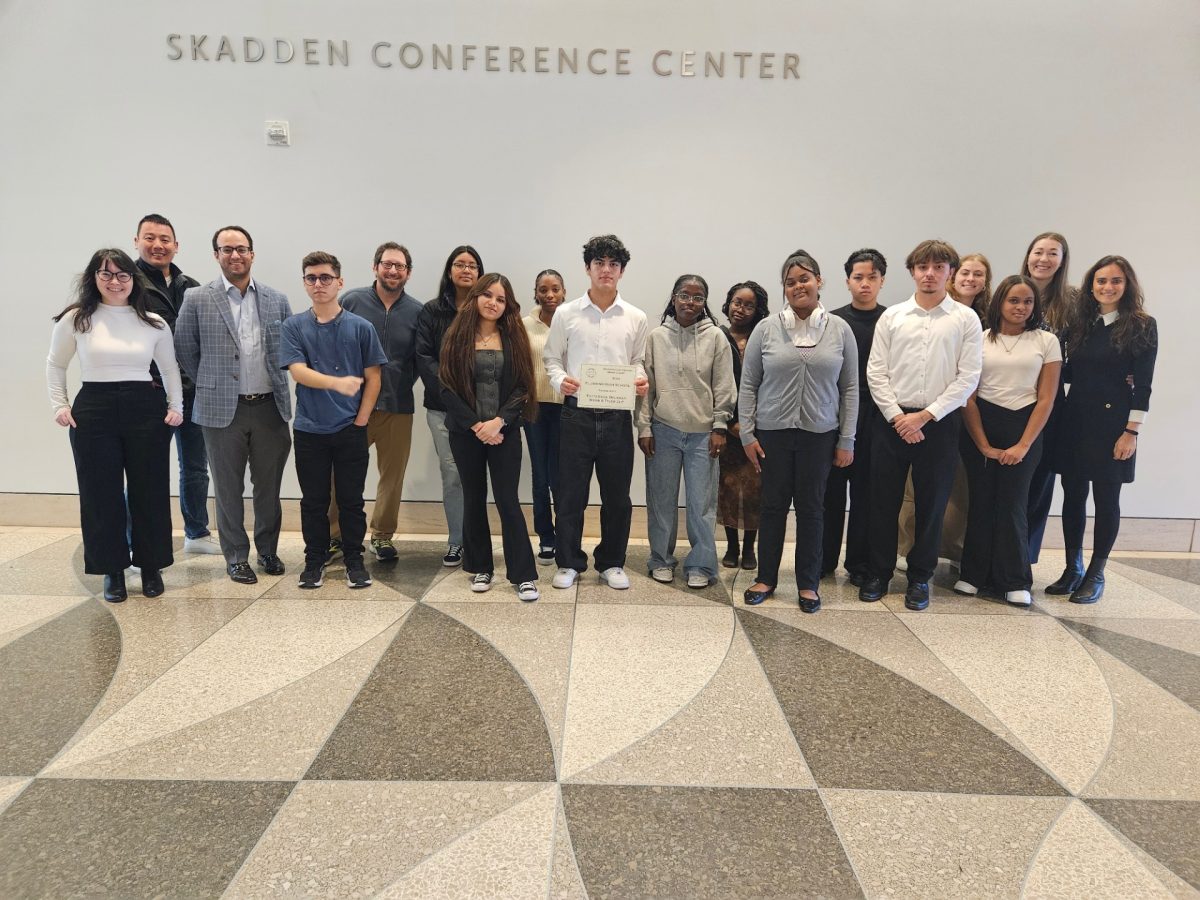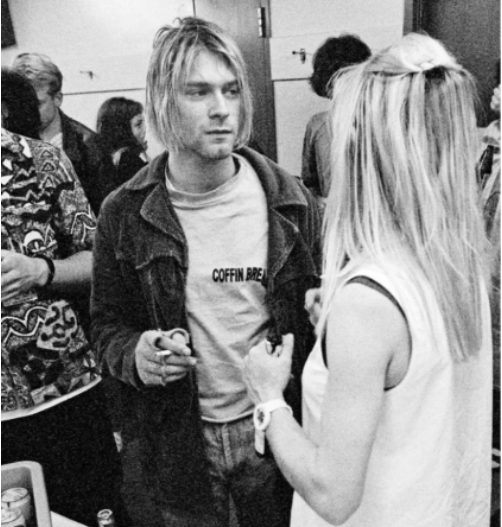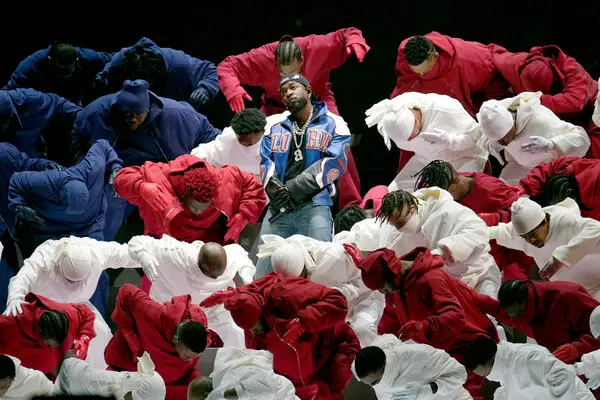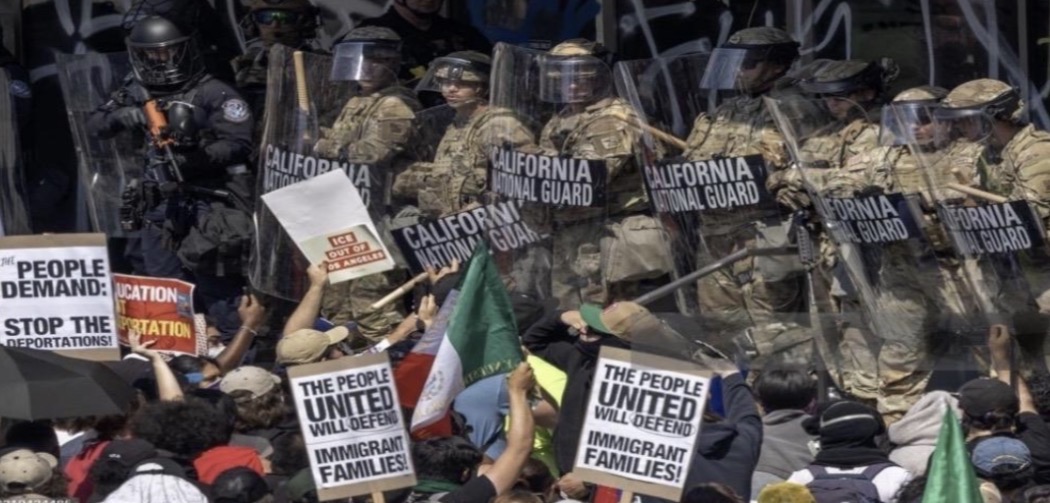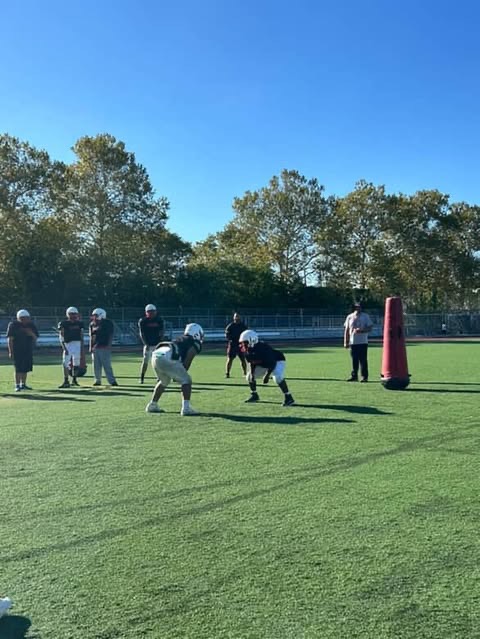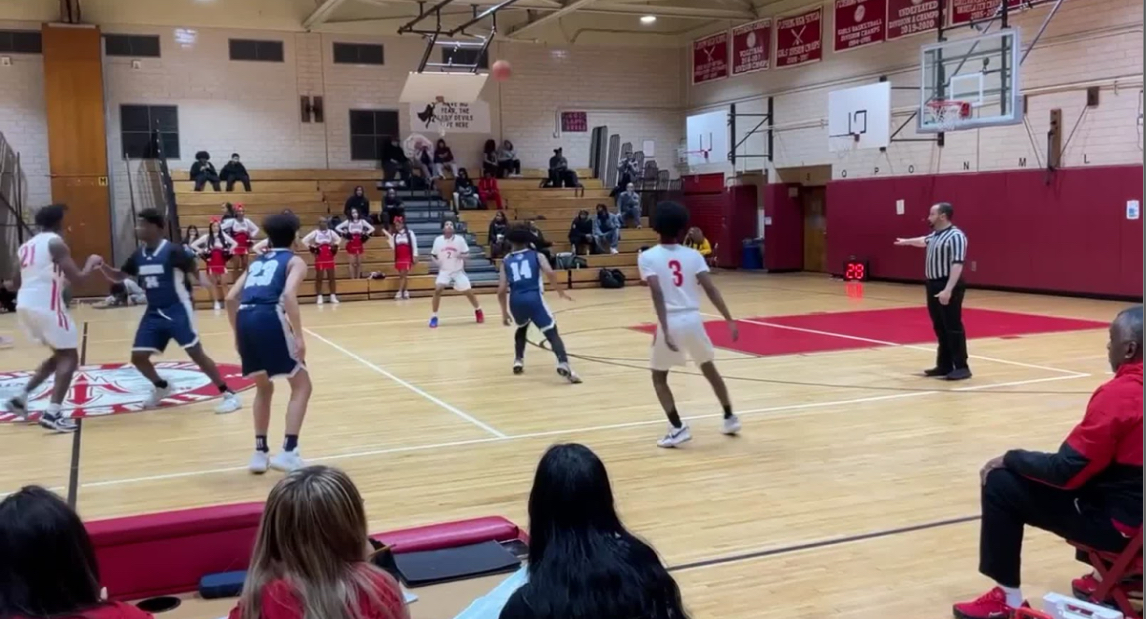The ghosts of rock and roll still echo through Manhattan’s streets, if you listen closely. They scream from the shuttered storefronts where CBGB once stood, in the empty loft spaces that housed the original Knitting Factory, and in the silence where punk and grunge once thrashed. This is a story about what was lost, and what was born, in the city’s three-decade search for its alternative music soul.
As one might expect of a Pacific Northwest backdrop, the land, rain, and lumber offered little impenetrable consequence to the statement of sound. It was a New York City experience that allowed for the industrial, heavier-than-breath sound that stood out and cemented the grit that carried grunge from basements to the world. Groups like Sonic Youth, Helmet, Prong, and other metal bands were not so much musicians as those marking time to yield a heavier, almost metallic sound. These were the types of bands that presented everyone with the grunge outline. Even Kurt Cobain, the King of the Big Boom, cited Sonic Youth as his “idols.” After all, this was not a soft acoustic wash; the sound was a lot heavier.
The primal potency of the Grunge Movement lay in the “do it yourself” apparatus, an outrageous, glorious devotion to playing the song precisely as it needed to be played, because the refusal of polish was a rare, relatable truth. When the floodgates opened up and bands like Nirvana and Pearl Jam hit the big time, the community and its plain, were fundamentally torn in half, with some members leaping past the barricades towards fame and others hunkering down and digging in to make sure that they made noise the way it was always meant to be. Kim Gordon, who was the sharp eye looking in, in the chaotic storming of Sonic Youth, recognized the beautiful conflict clearly when she remarked: “Still, I’ve always believed—still do—that the radical is far more interesting when it looks benign and ordinary on the outside.” It was never really imperative whether they sold out or not; what mattered was the fidelity of the sound itself.
The struggle for honesty was also a struggle for space, because for too long the legend of rock and roll was stubbornly told by one voice, and it was Gordon’s words that penetrated the whole mythos. She peeled back the cultural presumption that “Art, and wildness, and pushing the edges, is a male thing. Craft, control, and polish is for women,” illuminated the invisible wall that separated women from the messy, angry, loud noise that characterizes this genre. The New York scene, built on punk foundations laid in CBGB, gave women the right to be unpolished, loud, and to claim that edge for themselves. Gordon, having done the difficult, doesn’t sugarcoat the act, but as the echoes that we hear now from those older streets, it is not just the retelling of a sound, but the legacy of the undertaking, that necessary, willful, and exceptionally honest disagreement.


